A new form of drone-assisted warfare is emerging in Ukraine, where unmanned aerial vehicles (UAVs) are being used to facilitate the safe surrender of enemy troops. This innovative approach, dubbed ‘non-contact surrender,’ is changing the dynamics of the battlefield and potentially making warfare more humane, according to a report by Forbes.
How Non-Contact Surrender Works
Ukrainian forces are employing drones equipped with speakers and microphones to approach Russian troops and invite them to surrender. Once the soldiers agree, the drone guides them back to Ukrainian lines where they can be safely taken into captivity.
This method builds on previous instances of spontaneous surrenders to drones, but represents a more organized and deliberate campaign to facilitate remote surrenders.

The Evolution of Drone-Assisted Surrenders
The concept of surrendering to drones isn’t entirely new. In 1991, during the Gulf War, Iraqi troops surrendered to a U.S. Navy Pioneer drone. However, the current conflict in Ukraine has seen a significant increase in such incidents, largely due to the widespread use of consumer-grade quadcopters like DJI Mavic 3 drones.
Advantages of Non-Contact Surrender
- Safety: Accepting surrender remotely reduces risks associated with close-quarter encounters.
- Verification: Drones can observe surrendering soldiers to ensure they are unarmed and compliant.
- Psychological impact: The constant presence of drones can have a powerful effect on enemy morale.
Facilitating Surrender at Scale
Ukraine’s ‘I Want to Live‘ hotline has reportedly arranged more than 4,000 surrenders. The program uses drones to guide Russian soldiers who wish to surrender to designated locations.
“The constant presence of enemy drones can has powerful psychological effect,” the report notes, highlighting how drones are changing the dynamics of modern warfare.
Legal and Ethical Considerations
A recent paper in the Chicago Journal of International Law suggests that technologically enabled surrender could be “safer and more efficient for all parties involved.” This approach may help balance humanitarian aims with military necessity, as required by international law.
DroneXL’s Take
The use of drones for non-contact surrender in Ukraine represents a significant development in drone technology and its applications in conflict zones. This innovative approach could potentially reduce casualties and make future conflicts less deadly.
As we’ve seen in recent drone technology articles, UAVs are increasingly being used for humanitarian purposes. This development in Ukraine further demonstrates how drones can be used not just as weapons, but as tools for potentially saving lives and facilitating more humane outcomes in conflict situations.
Photos courtesy of X
Discover more from DroneXL
Subscribe to get the latest posts sent to your email.

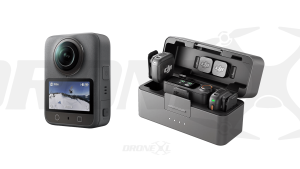

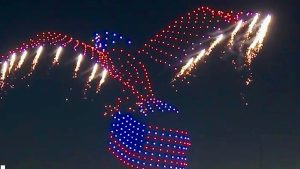





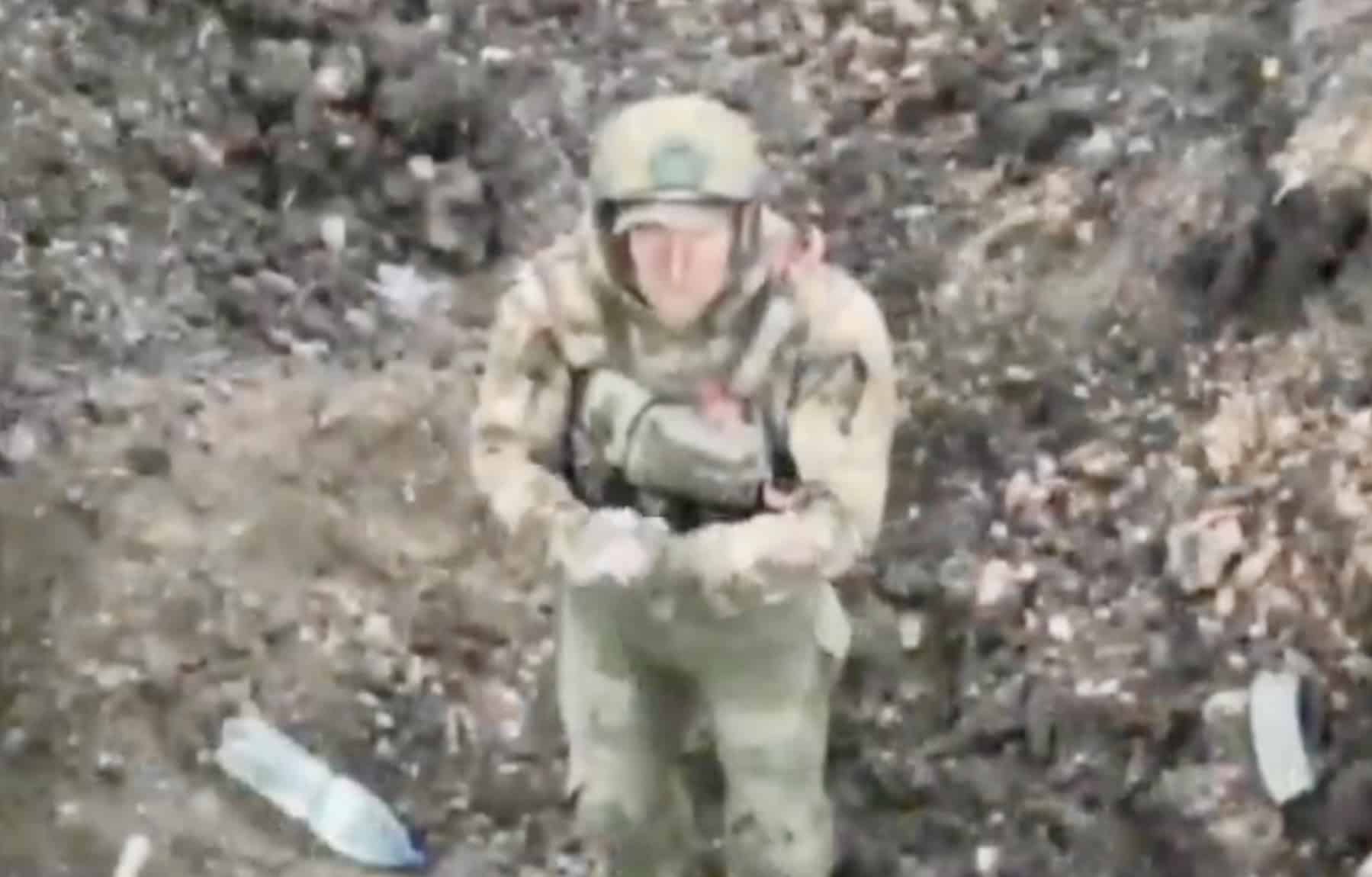
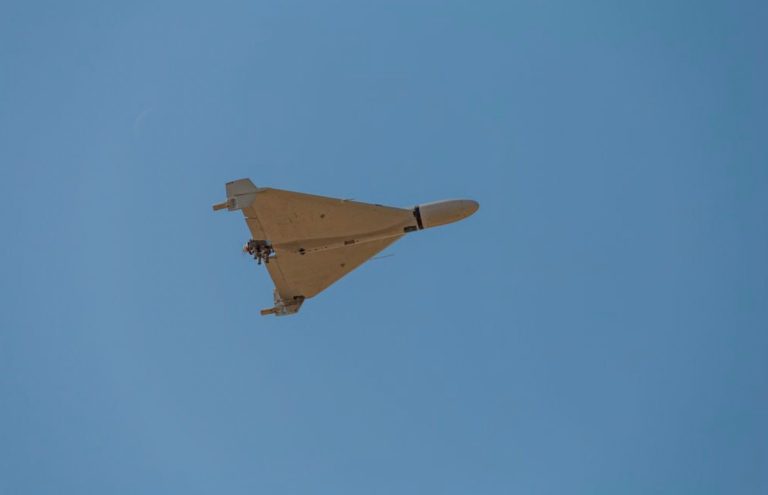
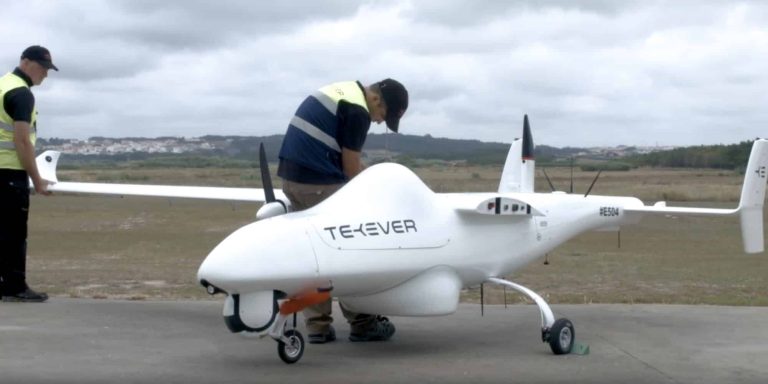
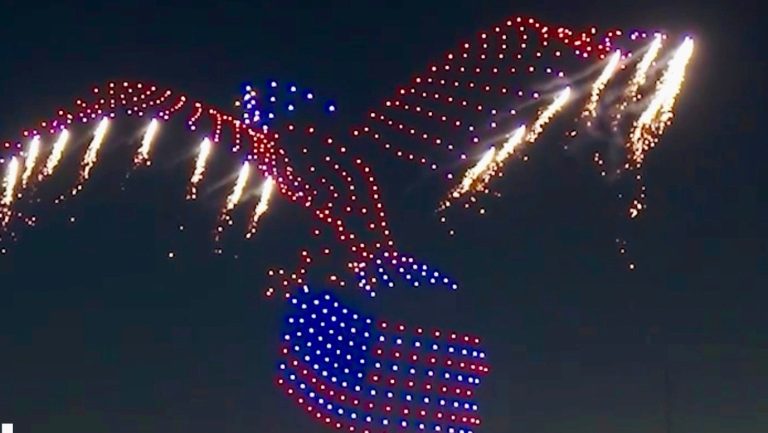




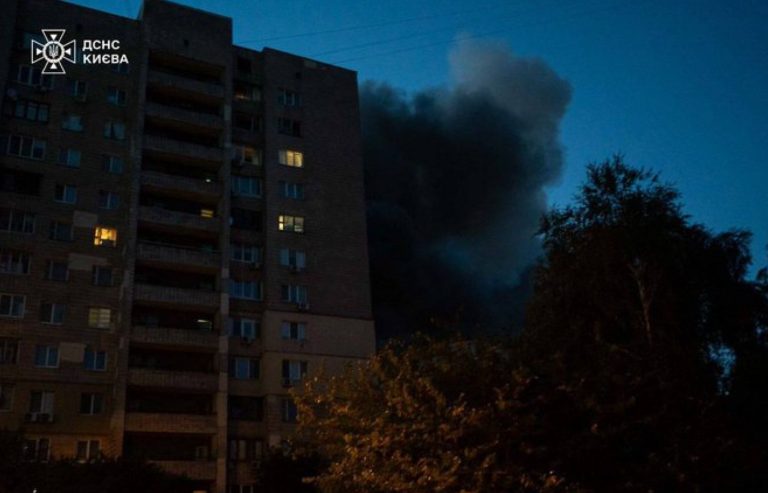

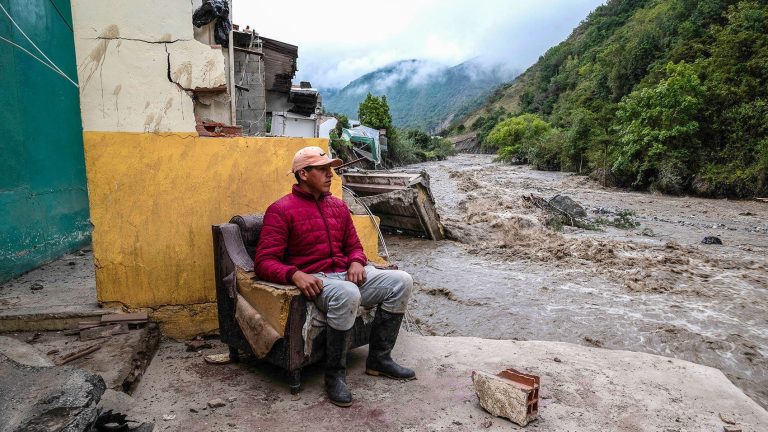
+ There are no comments
Add yours